USES OF RUBBER DAM 🙂
PROTECTS FILLINGS FROM WATER CONTAMINATION:
PROTECTS ONE FROM ACCIDENTAL INGESTION OF FOREIGN OBJECTS:
Most of the failures of restorative treatment is due to saliva/moisture contamination. IT' s absolutely important to maintain the area of treatment without water/saliva seeping to the cavity preparation.Thus the fillings fail in no time.
1.I use 5" x 5" rubber dam sheet for kids. A template is available to approximate the positon of the teeth.
2.With the use of Rubber dam puncher, bore a hole/holes on the pen- marked rubber dam starting from the second molar up to the canine , depending until where teeth are to be treated. Usual case is one quadrant of say, 55,54,53. In the case shown,teeth treated are those just mentioned.
3. I use Clamp 14 by HU-FRIEDY to be clamped on 2nd molar.
4. Sometimes an extra hole is created in front of the most anterior tooth under treatment as another "anchor" to hold the rubber dam, aside from the clamp at the back. In this case, Sealant is applied mesial to "lock" the dam, and avoid being dislodged.After treatment, it is easy to just bur or flake off the sealant with a scaler
PROTECTS FROM SWALLOWING OLD SILVER AMALGAM FILLINGS
When it is time to change your old silver fillings, then the rubber dam will help you prevent ingesting the metals being dugged out.
With a strong suction the metal remnants are sucked out straight from the rubber dam without danger of it being ingested.
A healthy and biological way to remove an amalgam, and turn your old filling to a new white
filling!
Clamp 14 being inserted into the 2nd molar hole created by the {uncher, and readied for clamping at the tooth
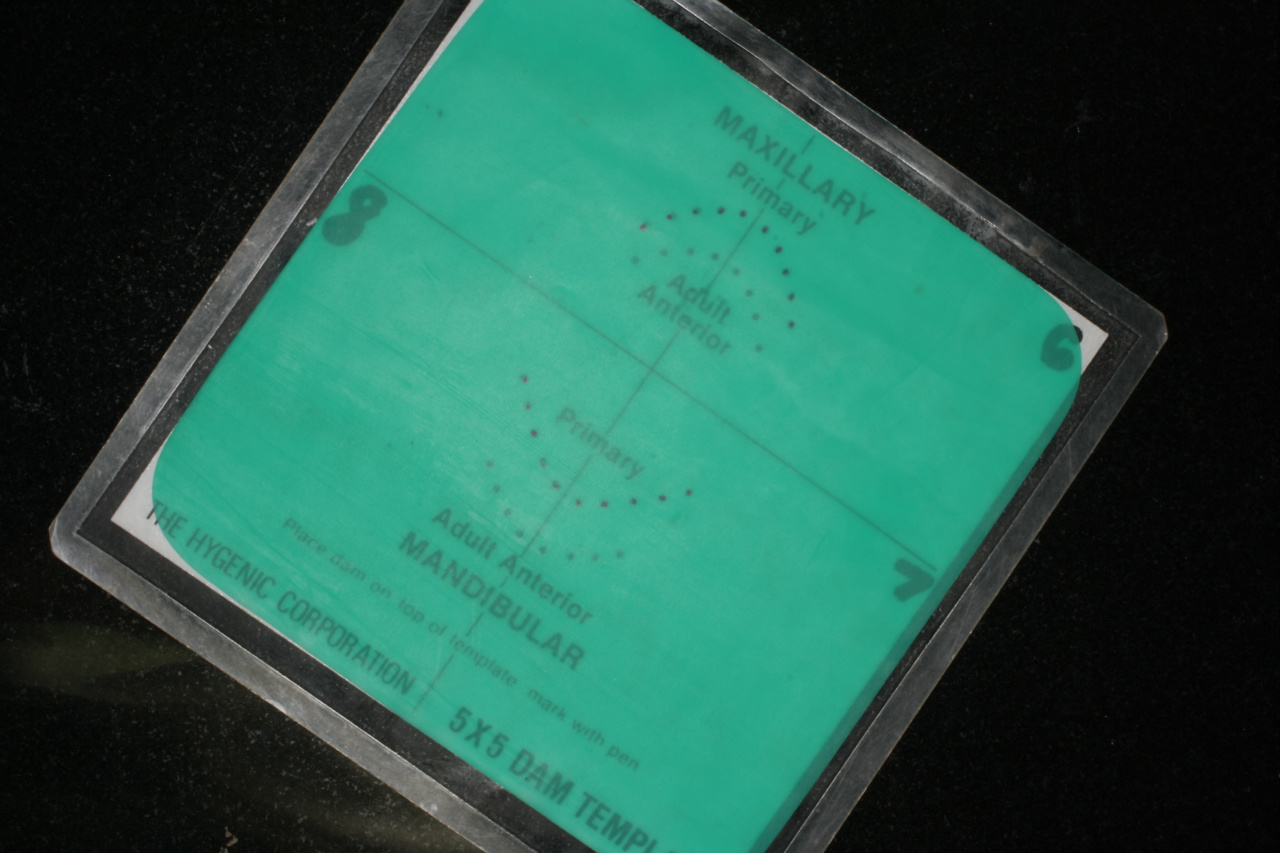
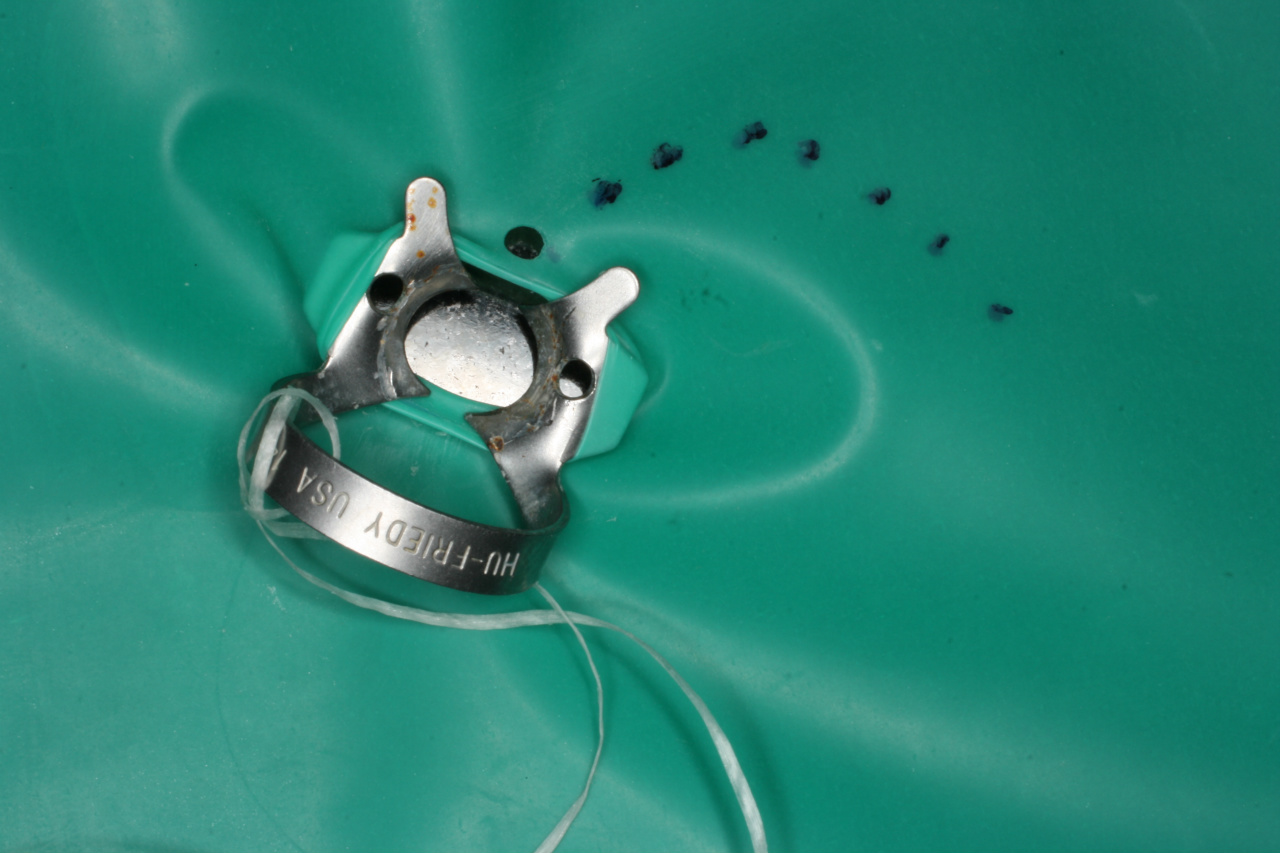
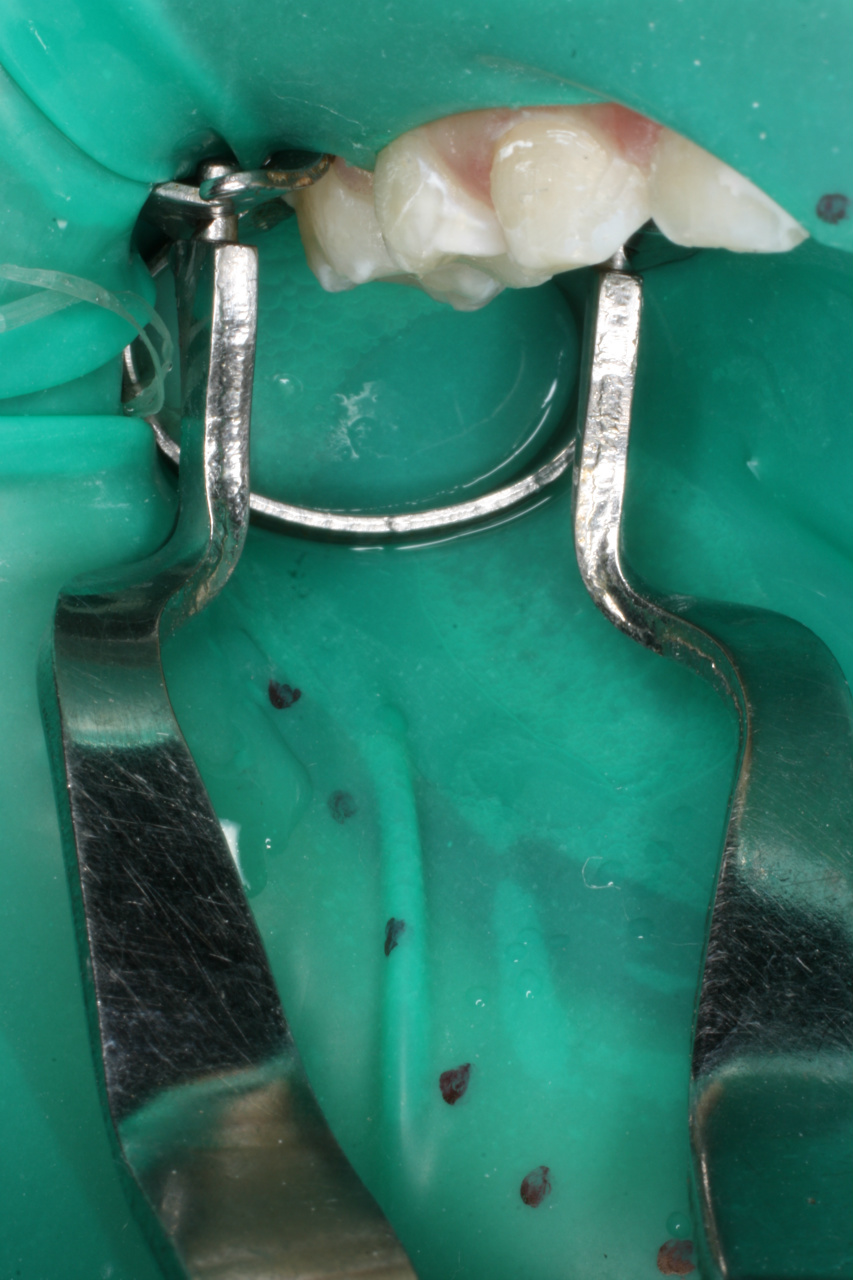
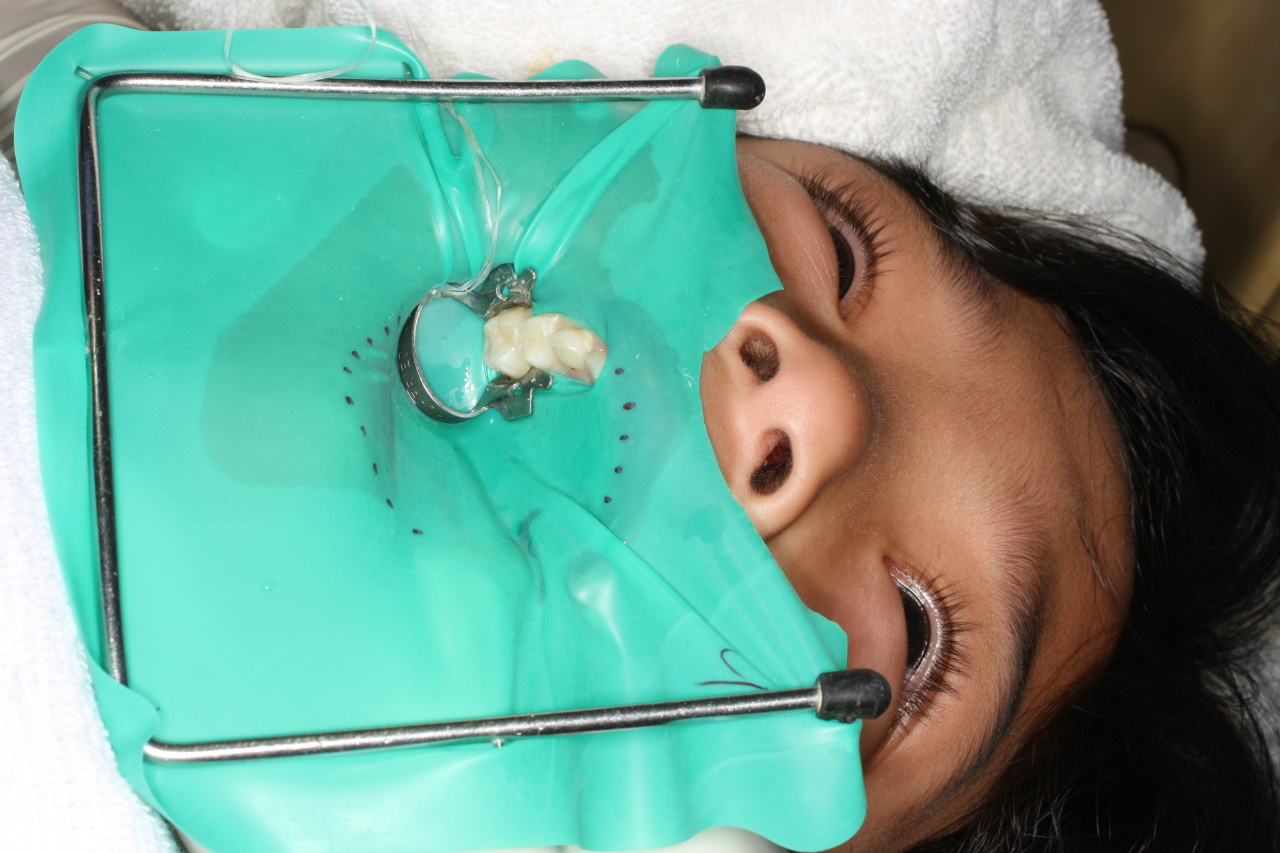
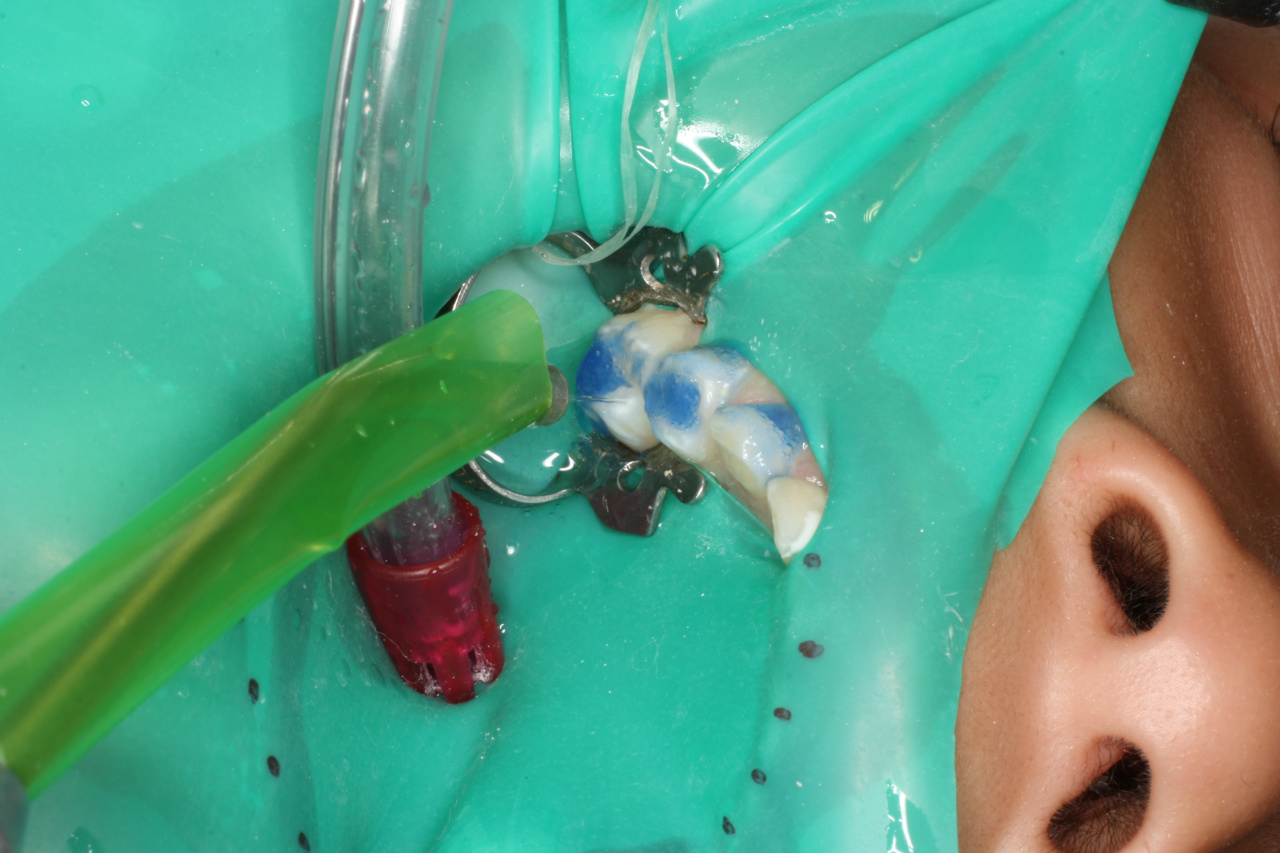
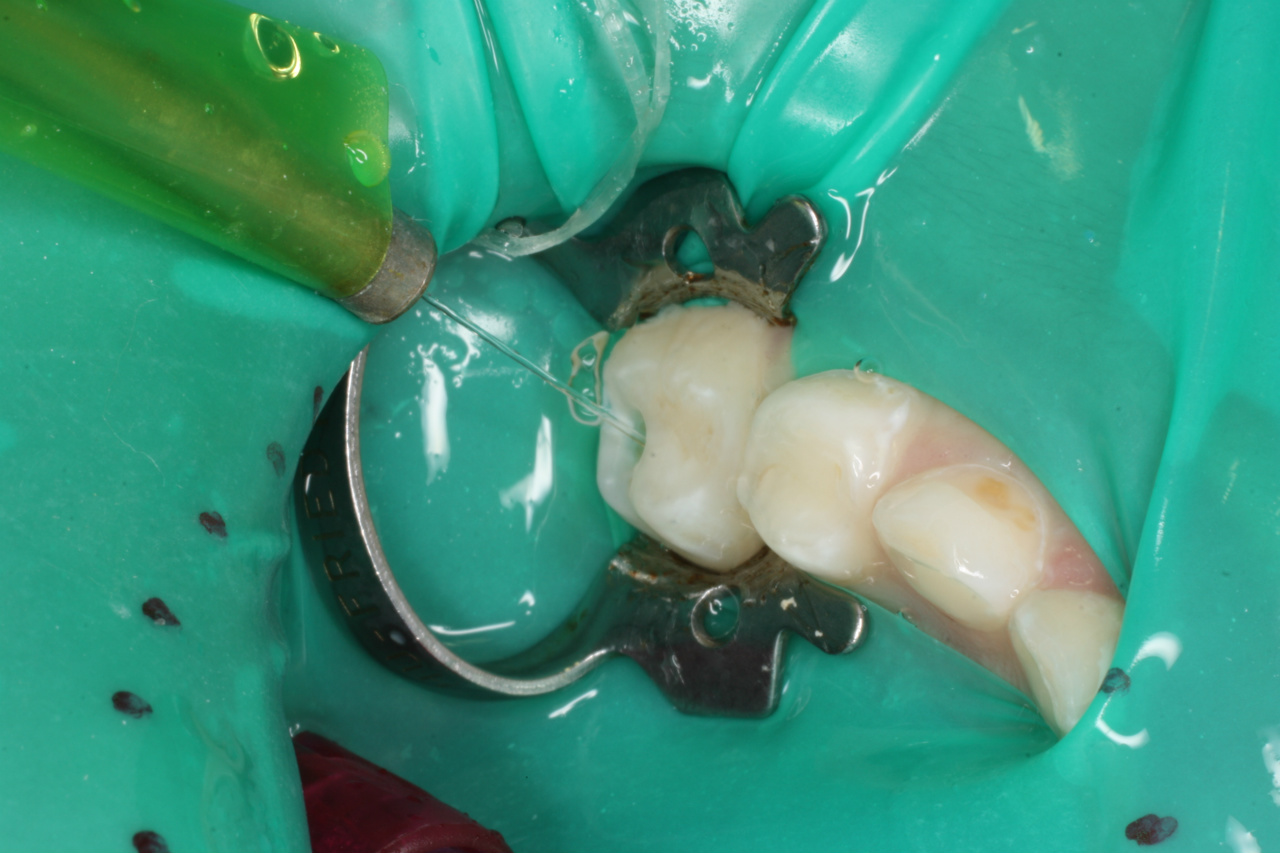
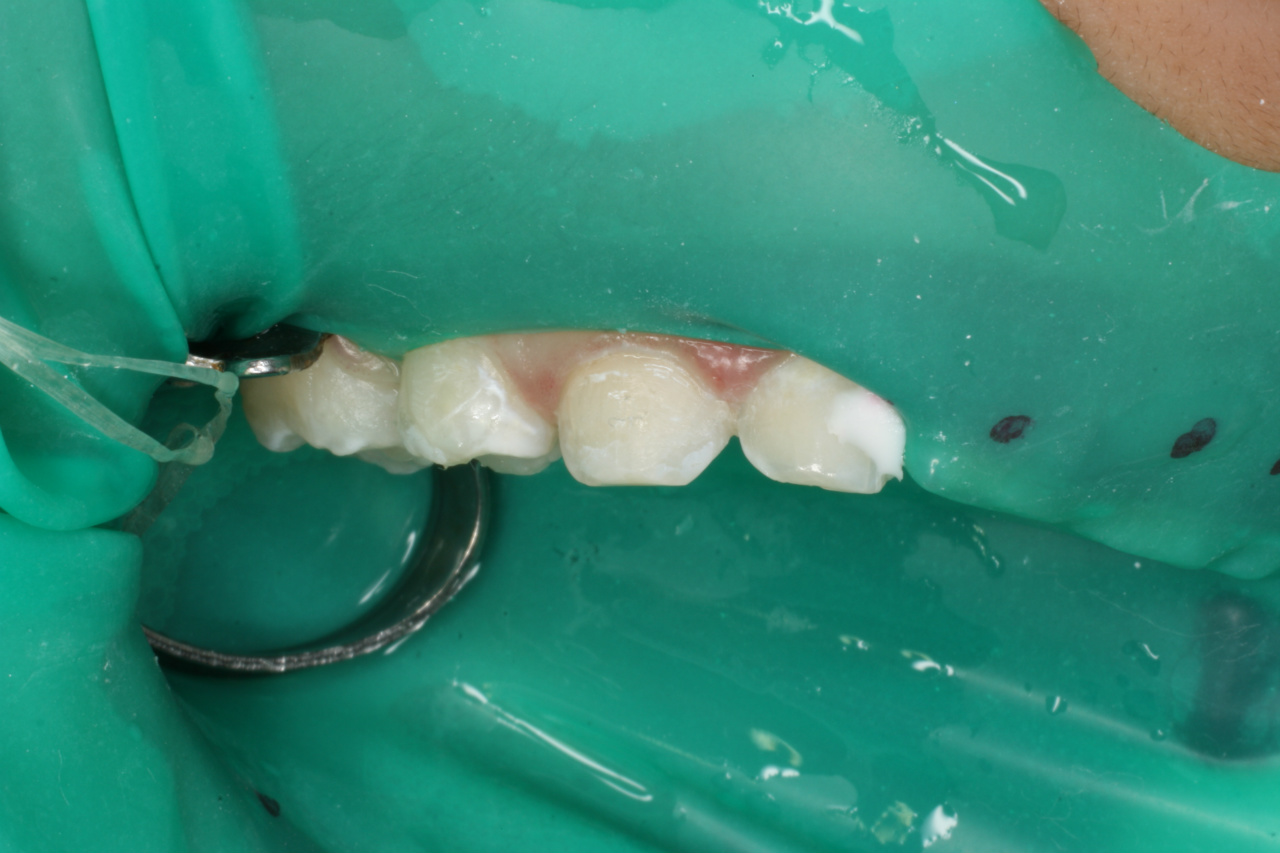
Latest comments
Good Afternoon po, pwede po mag pa schedule para po sa panoramic x-ray?
Good evening! How to set an appointment po? Pwede po bang walk-in just for a panoramic x-ray?
Hi Goodafternoon! What time closed po nyo today.
Good eve, ask ko lang po kung magkano ang pagpapabrace?